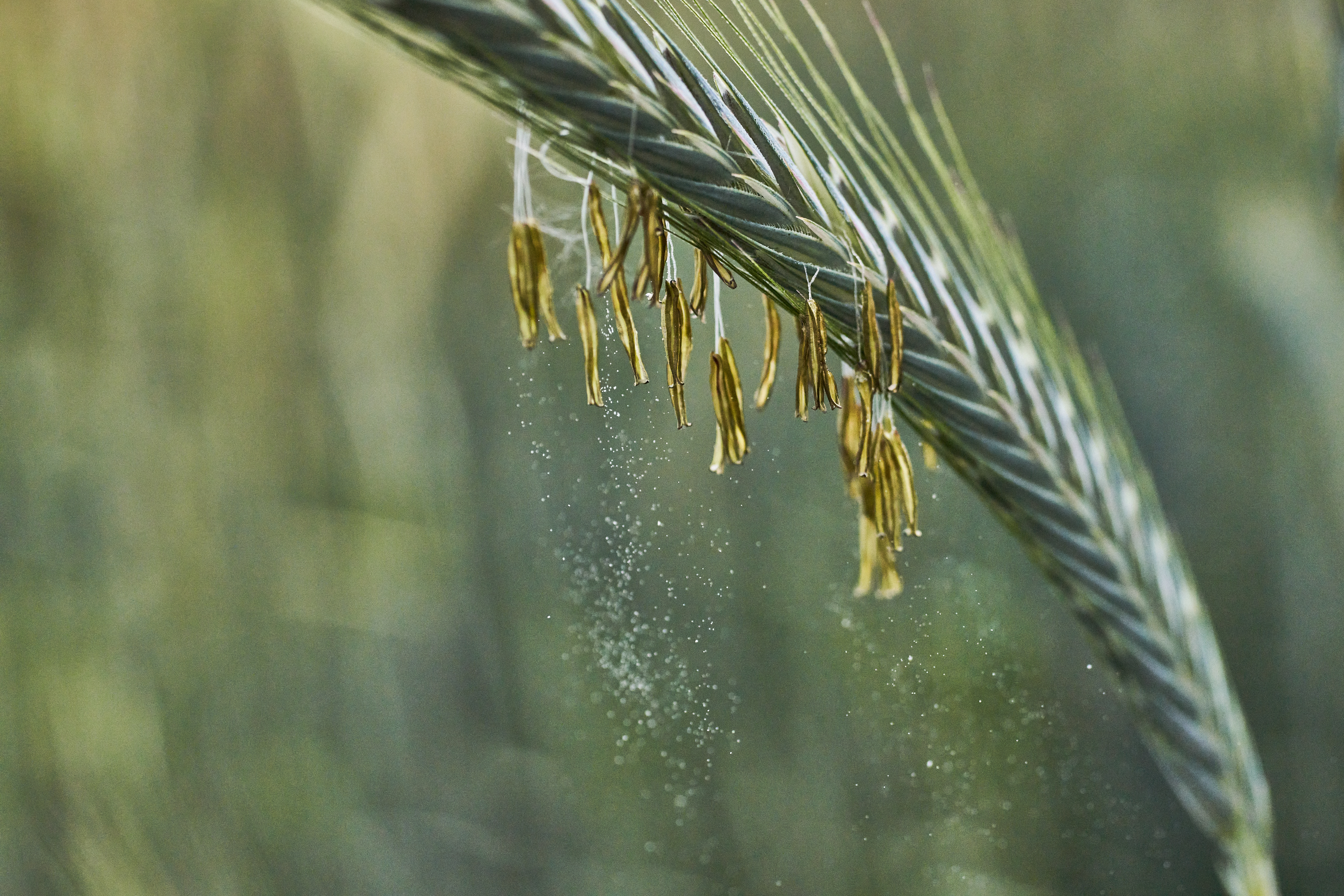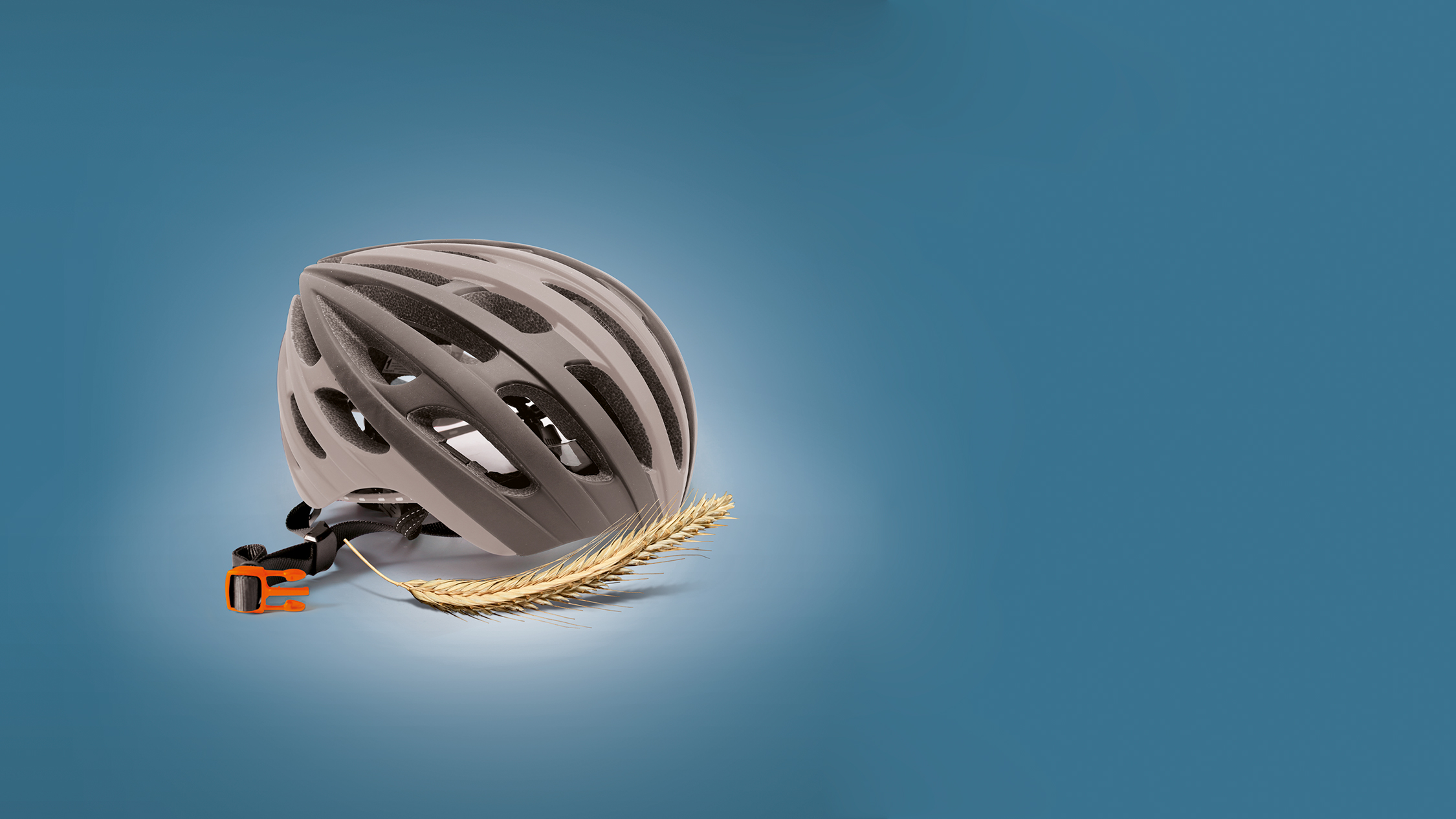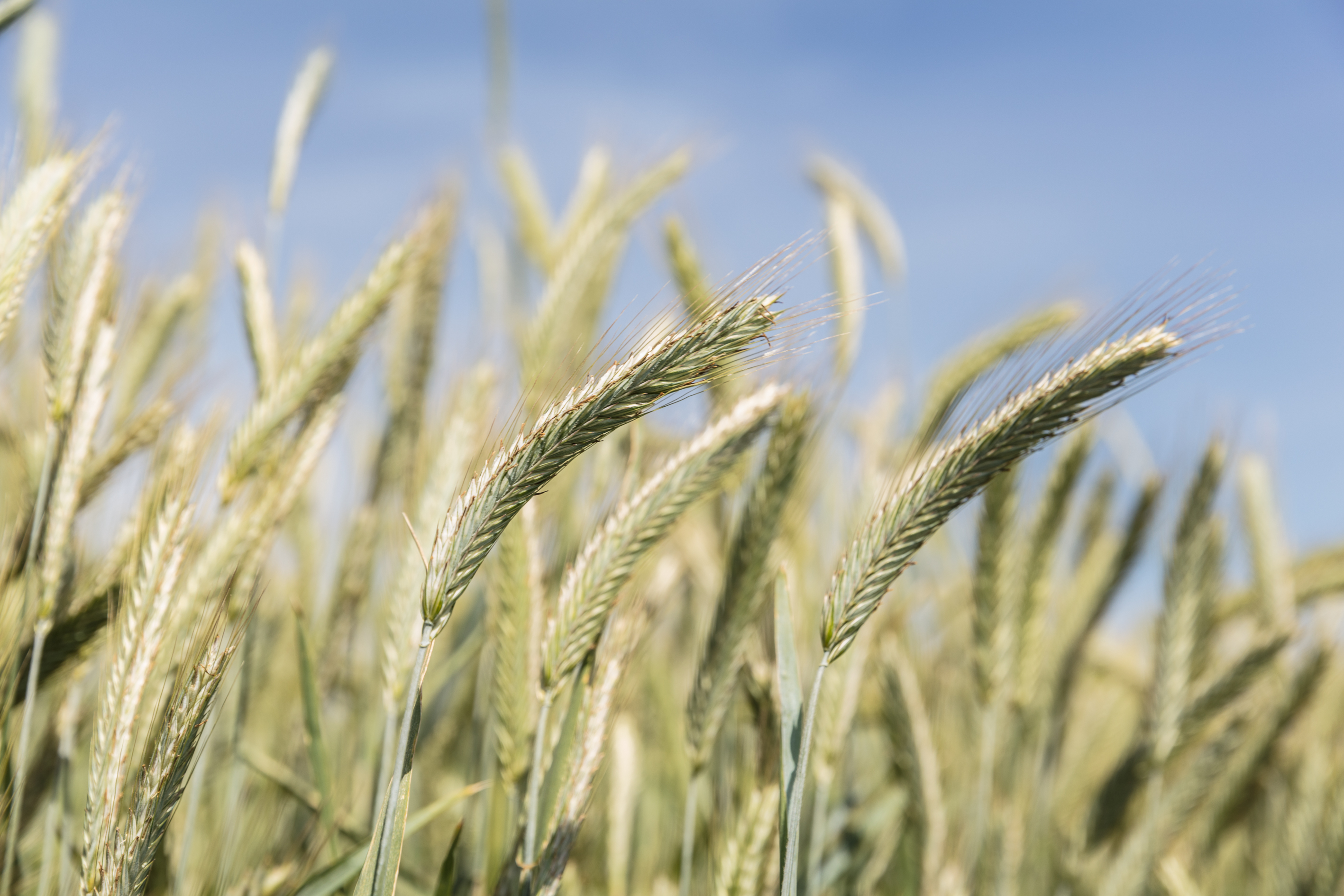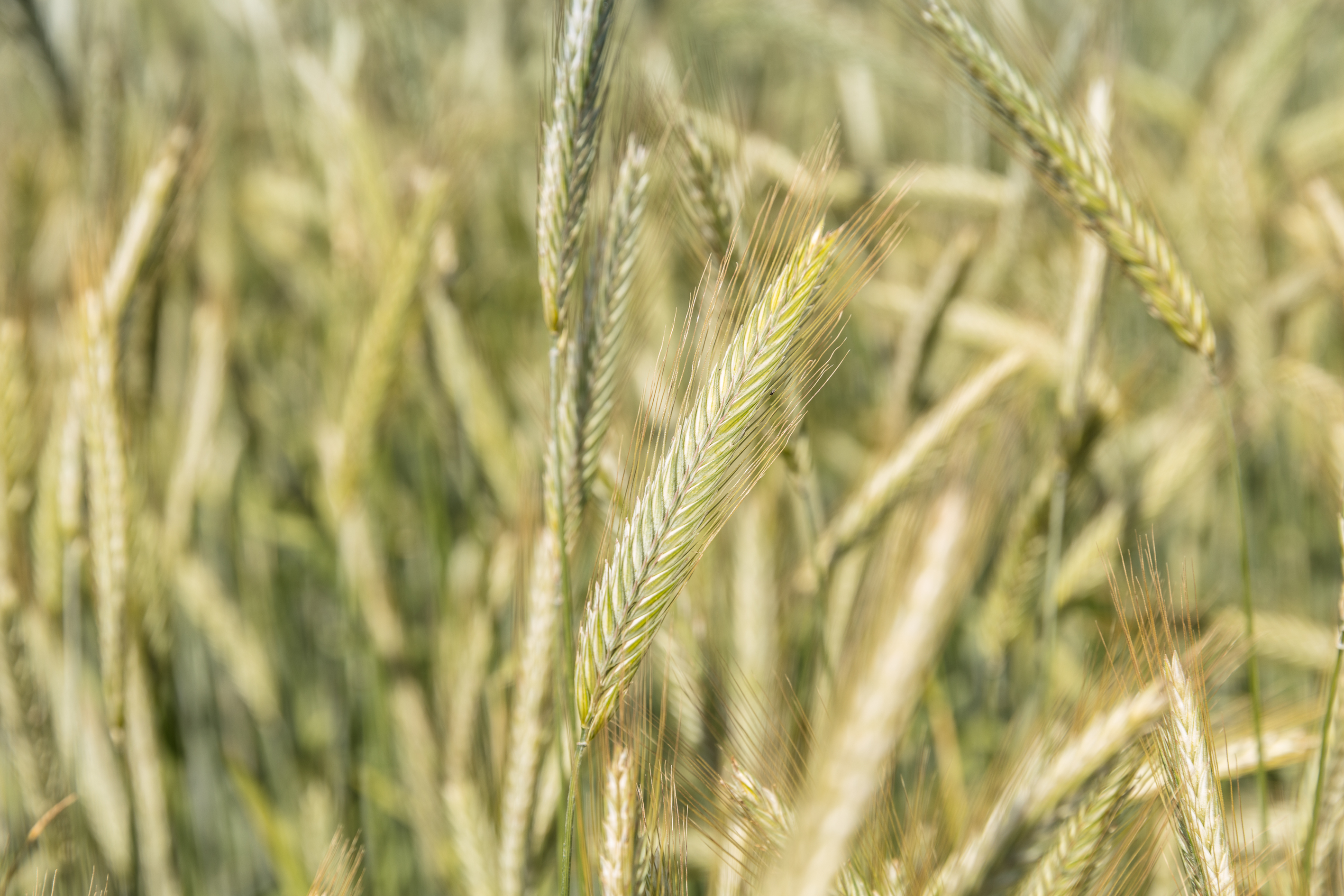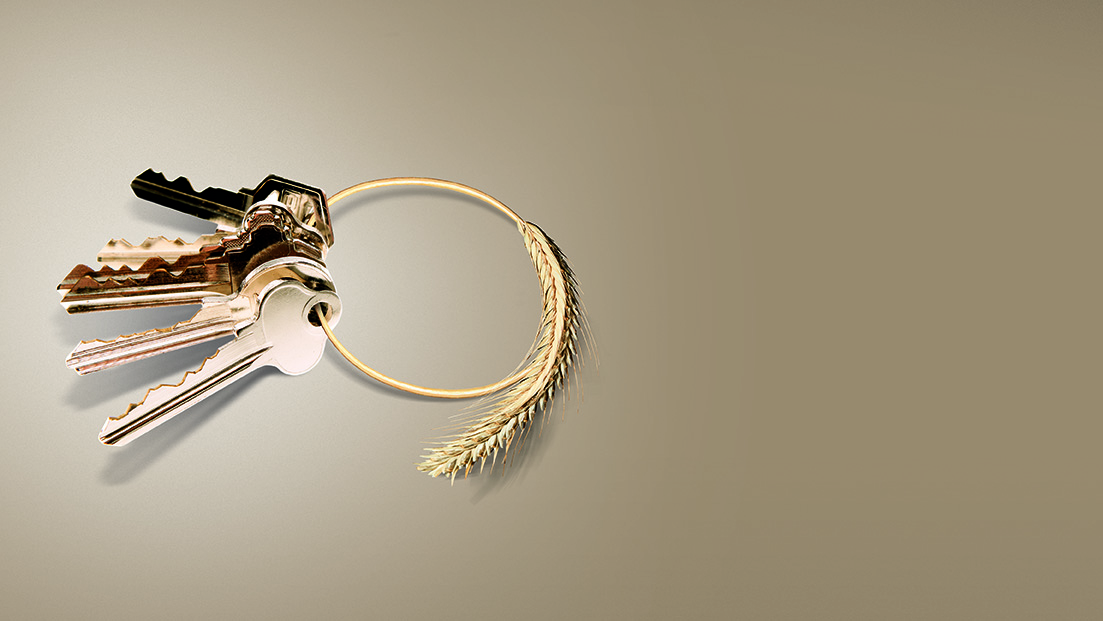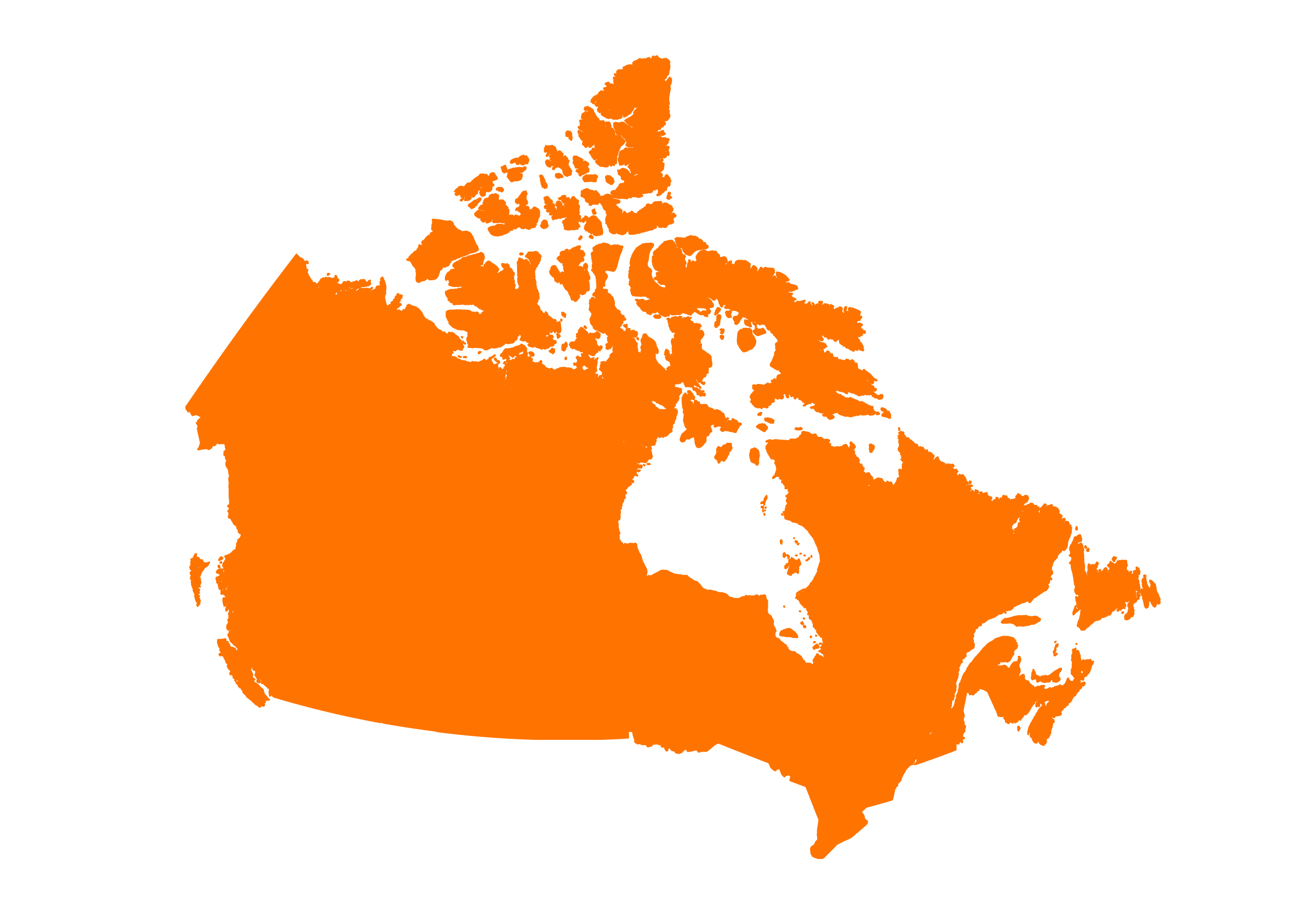KWS BONO
Tried & True
Main Features
High & reliable yields:
- 8% over hybrid checks*
- 45% over hybrid checks*
Variety Highlights
- Consistent high yields
- Great standability
- Short straw
End Use Markets
- All Grain Markets
- Feed
- Forage
- COVER+TM
KWS BONO continues to perform on farms across Canada. It is known for consistent high yields and the shortest straw, which combines to offer great standability and ease of harvest. This reliability is why farmers call about it year after year.
Downloads
Agronomy & Quality Data
| KWS BONO |
Average of Hybrid Varieties |
Average of Traditional Varieties |
|
|---|---|---|---|
| Yield | 100% | 93% | 69% |
|
Winter Survival % |
88 | 87 | 82 |
|
Height cm |
96 | 97 | 113 |
|
Lodging 1-9 |
2.4 | 2.5 | 3.5 |
|
Testing Weight kg/hL |
73.3 | 73.1 | 73.4 |
KWS RyeGHT Seeding Practices Grain Production for Western Canada
Hybrid fall rye can be an easy crop to grow and success of growing is primarily achieved from having strong stand establishment in the fall. These practices will optimize both performance and consistency year after year, starting with the most important first.
The standard seeding rate is 1 unit/ac under normal conditions
August 15-31
Seed at 1 unit/ac into a firm seedbed to achieve 5-6” shoot growth with 6-8 tillers/plant. Under irrigation or optimal soil moisture conditions 0.8 units/ac may be used
September 1-15
Seed at 1 to 1.1 units/ac into a firm seedbed to achieve 3-5” of shoot growth with 4-5 tillers/plant. Under irrigation 0.8 units/ac may be used.
September 15-25
Seed at 1.1 to 1.2 units/ac into a firm seedbed to achieve 2-3” of shoot growth with 2-3 tillers/plant. Under irrigation 1 unit/ac may be used.



